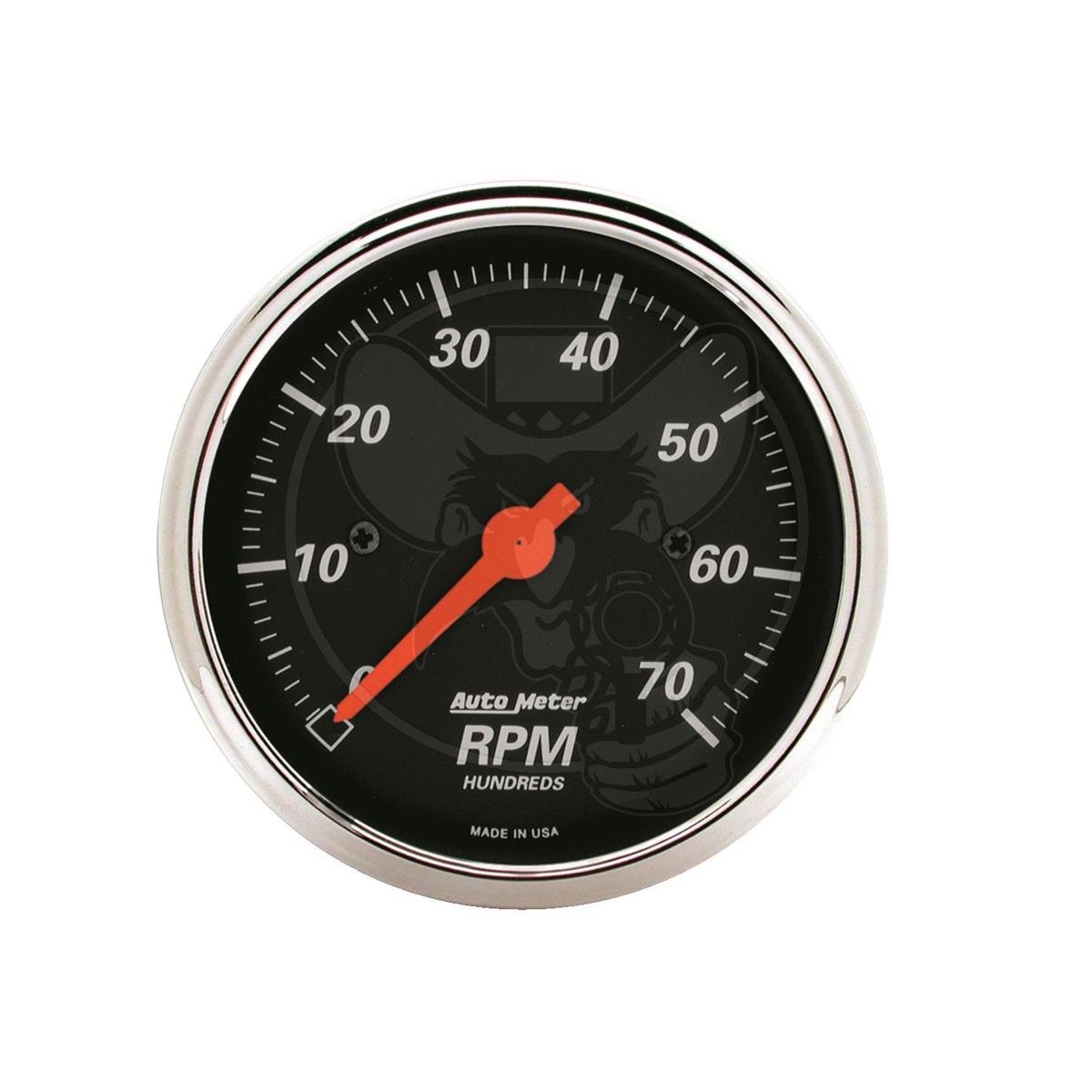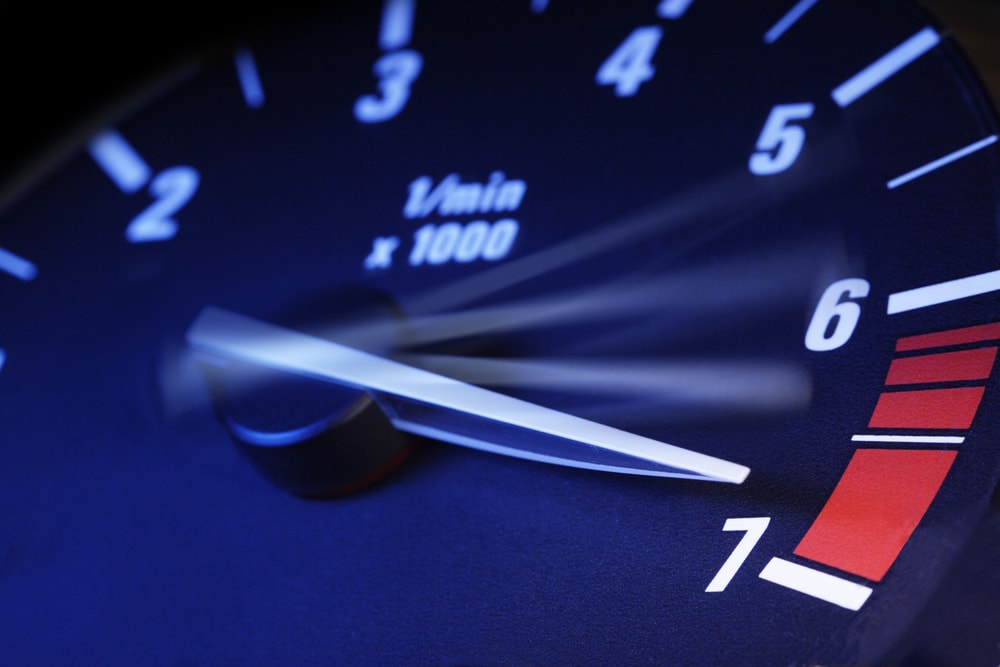Comprehensive Overview to Recognizing and Using a Tachometer Efficiently
Comprehensive Overview to Recognizing and Using a Tachometer Efficiently
Blog Article
The Significance of a Tachometer in Monitoring Engine Rate and Performance in Automotive Applications
In the realm of automotive design, the tachometer stands as an essential instrument in the chauffeur's collection, supplying a straight window right into the internal functions of a lorry's engine. Beyond its function as a mere scale of changes per min (RPM), the tachometer acts as an essential tool for enthusiasts and professionals alike, offering real-time understandings into engine efficiency and wellness. Recognizing the importance of this device goes beyond surface-level observations, diving right into the complex connection in between engine speed, power result, and general driving experience. As we discover the multifaceted role of the tachometer in auto applications, a much deeper gratitude for its influence on automobile dynamics and efficiency starts to arise.
Relevance of Keeping Track Of Engine RPM
Keeping an eye on engine RPM, or revolutions per min, is a vital element of auto upkeep and performance analysis. Engine RPM straight correlates with the speed at which the engine's crankshaft rotates, suggesting how promptly the engine is running - tachometer. By monitoring RPM, mechanics can analyze the health of the engine, spot possible concerns, and fine-tune efficiency. An uncommon RPM reading might signify troubles such as engine misfires, malfunctioning ignition system, or concerns with the gas distribution system. Consistently high RPM analyses can indicate aggressive driving habits or the requirement for a higher gear change to enhance gas performance.
Additionally, keeping an eye on engine RPM is essential for performance evaluation in racing and high-performance automobiles. Preserving optimal RPM degrees is crucial for achieving peak power outcome and acceleration. Racers usually use tachometers to guarantee they are operating within the excellent RPM variety for maximum efficiency. In recap, checking engine RPM is not only essential for detecting issues yet also for maximizing engine efficiency in various automobile applications.

Benefits of Real-Time Data
In automobile applications, real-time data plays a crucial duty in offering instantaneous understandings right into the efficiency and problem of the car. By constantly keeping track of different parameters such as engine speed, temperature level, gas usage, and a lot more, real-time data uses various benefits that add to boosted performance and safety and security on the road.
Additionally, real-time data helps with performance optimization by supplying instant comments on driving habits and engine efficiency. Drivers can change their actions in real-time based on this info to achieve far better gas economy and extend the life-span of their automobile.

Moreover, real-time data plays a vital role in contemporary auto diagnostics, allowing specialists to swiftly diagnose useful reference and attend to breakdowns. This leads to lowered downtime, lower maintenance prices, and inevitably, enhanced overall lorry integrity and long life (tachometer). By utilizing the power of real-time information, automotive stakeholders can make enlightened decisions that positively affect both the performance and durability of the vehicle
Influence on Gear Shifts
Efficient gear changes in automotive applications significantly influence overall efficiency and driving experience. The tachometer plays an essential role in maximizing gear changes by giving real-time engine speed information to the motorist. When approaching the redline on the tachometer, it signifies the chauffeur to upshift to avoid over-revving the engine and creating possible damages. On the other hand, downshifting at the ideal minute can aid maintain the engine in its power band, ensuring responsive acceleration when required.
Furthermore, the tachometer help in achieving smoother equipment transitions, specifically in hand-operated transmissions. By keeping track of engine speed, drivers can execute gear changes at the optimum RPM range, reducing jerking movements and lessening endure the transmission elements. This accuracy on duty adjustments not only boosts driving comfort however also adds to sustain performance.
Enhancing Gas Efficiency
Offered the vital duty the tachometer plays in maximizing equipment shifts for performance and engine health, it straight adds to making best use of gas performance in automotive applications. By offering real-time comments on engine speed, the tachometer helps vehicle drivers in maintaining one of the most efficient RPM variety for gas economic climate. When vehicle drivers regularly keep track of the tachometer try these out and change their motoring practices appropriately, they can prevent unnecessary gas consumption triggered by over-revving or carrying the engine.
Moreover, the tachometer helps drivers recognize the most fuel-efficient gear to be in at any provided moment, protecting against the engine from functioning more difficult than needed. This is specifically essential throughout velocity and travelling, where remaining in the ideal gear can significantly influence fuel efficiency. In addition, the tachometer can notify motorists to prospective mechanical concerns that could be negatively impacting gas economy, such as a slipping clutch or a clogged up air filter. In verdict, the tachometer acts as an important tool in improving fuel effectiveness by promoting optimal driving habits and recognizing areas for improvement in the lorry's performance.

Making Best Use Of Engine Longevity
The tachometer's duty in monitoring engine rate and efficiency contributes in ensuring the long life of automobile engines. By making use of the tachometer successfully, chauffeurs can enhance engine longevity via conscious RPM administration. Consistently revving an engine expensive can cause excessive damage on important components, such as the pistons, Read Full Article shutoffs, and bearings. Over time, this can result in decreased engine efficiency and potential malfunctions. Keeping an eye on the tachometer allows vehicle drivers to stay within the suggested RPM range for their automobile, stopping unnecessary pressure on the engine and extending its life-span.

Final Thought
In final thought, the tachometer plays an important function in checking engine speed and performance in automotive applications. By providing real-time information on RPM, it enables reliable gear changes, enhanced gas efficiency, and maximized engine longevity. This tool is important for keeping optimal engine performance and guaranteeing the general performance of a car.
Report this page